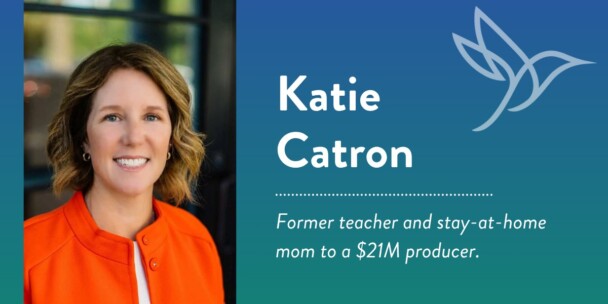Colibri Real Estate Career Hub
Grow your appraisal and real estate career with tips, trends and other insights.
Featured
Keep up on the Latest Industry Trends and Best Practices for Real Estate Professionals
-
Is It Hard to Be a Real Estate Agent? What are the Pros and Cons of Real Estate? 10 Reasons Why Real Estate is a Good Career
Starting a career in real estate can feel like stepping into uncharted territory. With flexible schedules, unlimited earning…
-
30 Best Paying Jobs in Real Estate
The real estate industry offers many wide-ranging career opportunities. While many real estate jobs, such as salespeople and…
Real Estate News
The latest real estate news, advancements and market information.
-

CE Doesn’t Have to Be a Waste: Debunking Common Myths About Real Estate CE (and How Membership Changes the Game)
Most agents view continuing education (CE) the same way they view going to the DMV. It’s something you…
-

Agent Tax Talk, Decoded: What You Missed (and Why You Need the Replay)
Missed our July 10 webinar with CPA and tax whisperer Tim Gearty? We’ve got you! Here are the…
-

What’s in Katie Catron’s Real Estate ‘Bag of Tricks’ (and How It Helped Her Sell $38M)
It’s not every day you hear about a real estate agent who carries a garden hose in her…
-

New Agent Goes Six and a Half Months Without a Sale—Here’s How He Turned It Around
Ask Cole McNew about his first year in real estate, and he’ll give it to you straight. “I…
Real Estate Career
Find information to help you advance your real estate career and gain new skills.
-

How Much Commission Do Real Estate Agents Make in Georgia?
If you’re drawn to a career with unlimited earning potential and the satisfaction of helping people make their…
-

How Much Can Real Estate Agents Earn in New York? Full Guide
Are you considering a career in real estate and wondering what a REALTOR® in New York earns? You’re…
-

Do You Need a College Degree to Become a Real Estate Agent? Here’s What Most People Don’t Know
Not sure whether to go to college or jump into a real estate career? You’re not alone. Many…
-

How Much Does It Cost to Get a Real Estate License?
Are you considering a career in real estate but wondering about the real estate license cost? The cost…
Real Estate Tips
Practical guidance on what it takes to become a real estate agent.
-

A Deep Dive Into the New York Real Estate Market in 2025 for Aspiring Agents
Navigating the New York real estate market can feel like an exciting but complex challenge, especially with its…
-

10 Top Skills Needed to Be a Successful Real Estate Agent (and How to Build Them)
You don’t necessarily have to possess a specific personality type, come from a particular background, or even have…
-

Building Client Trust: Bill Gallagher’s Guide to Real Estate Conversations That Count
Nobody wants to have “that conversation.” You know the one—where you have to explain buyer agency agreements, discuss…
-

Pennsylvania Real Estate Market 101: A Guide for New Agents
The Pennsylvania real estate market is full of opportunity. Whether you’re switching careers, looking for extra income, or…

